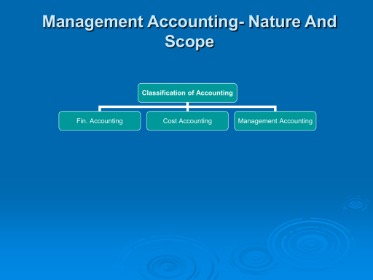
The “gross-up” increases the gross amount of the payment to account for the taxes that would normally be withheld. A mechanism to factor in tip payments when calculating minimum wage. It permits an employer to apply a percentage of an employee’s tips towards the employer’s obligation to pay the minimum wage. For never deduct these 9 expenses employees working on a part-time or hourly basis, the annualized salary is a calculation of the amount any given employee can expect to earn in a single year. Base pay rate is the wage that has been agreed upon to be the starting point for employee earnings.
There are 27 periods for bi-weekly employees in some years. How do I handle that?
It also adds a new language of sorts, given all the payroll acronyms. Get your free, comprehensive A to Z of payroll guide to help you understand key terminology and the basics of payroll, so you can confidently meet compliance requirements. The Ascent is a Motley Fool service that rates and reviews essential products for your everyday money matters. Paid time off encompasses all the time an employee is not working while being compensated. Unemployment programs offer temporary compensation to people who have how to share information with huffpost lost their jobs through no fault of their own. This article may contain hyperlinks to websites operated by parties other than TriNet.
These amounts would be subtracted from the gross pay (total compensation) before the calculations of each applicable tax are completed. As part of a compensation package, many employers offer paid vacation, sick, and personal time. There are many ways to provide this time, accruals being one of them.
- Under federal law, a tipped employee is an employee who frequently and customarily receives over $30 monthly in tips.
- Garnishment is a tool that courts use to get people to repay debts, whether they’re unpaid child support or credit card bills.
- A daily allowance paid to employees to cover the cost of travel-related expenses for work.
- In most circumstances, resident aliens can only be employed by organizations or companies that have sponsored their admission into the United States.
Employee self-service (ESS)
Throw some of these terms around the next time you talk to your accountant about payroll. For example, say you hire Julie and say you’ll pay her a $50,000 salary. Solve the mysteries of terminology with this informative resource. Updated regularly with industry-specific vocabulary and concepts, the Glossary provides easy-to-understand definitions of tax-related terms. A state-administered program that provides partial wage replacement to employees who are unable to work because of an illness or injury. Depending on the state, SDI coverage may be funded by the employee, the employer, or both.

States use this information to enforce laws and benefits such as welfare assistance and fraudulent use of collecting unemployment insurance. The Electronic Federal Tax Payment System (EFTPS) was created in hopes of automating the otherwise clumsy process of handling physically mailed tax payments. With EFTPS, employers and taxpayers can pay their taxes by phone or online free of charge. This program has greatly reduced costs for employers while making it easier for individual taxpayers to get their taxes in on time. A 401(k) plan allows employees to contribute a portion of their salary on a pre-tax and/or post-tax basis for retirement. It is common for employers to offer a matching contribution to encourage participation, typically up to a certain percentage.
The extra amount added to an employee’s wages for working outside normal business hours. A standardized rate for wages and benefits that government contractors or foreign laborers must pay workers. The remaining amount of pay an employee receives after taxes and deductions. The total sum of money an employee monthly procedure for outstanding checks earns before taxes and withholdings are applied. You have several alternatives for paying the extra 27th pay period. Exempt means “exempt from overtime.” Exempt and non-exempt employees are categorized typically by the work they do.
See advice specific to your business
These terms are the most important ones you’ll encounter as you begin to work on employee paychecks and start the payroll process. Payroll is the list of employees and workers a company must pay and the amount they will receive. It’s also the total amount of salaries and wages a company pays to its employees. Payroll accruals happen at the end of every accounting period — monthly, quarterly, or yearly — to reflect wages owed to employees and other payroll liabilities. Businesses that follow the accrual basis of accounting record journal entries at the end of the accounting period for expenses they’ve incurred but not yet paid. Governments at all levels can impose payroll taxes to fund public programs like unemployment.
Employers must usually file quarterly wage reports with the state for SUTA tax purposes. “The amount an employee would have to pay a third party in an arm’s-length transaction to buy or lease the benefit.” Defined by the IRS. If you’re a business owner scheduling shift work, it’s important you know all the different types of work shifts and how best to schedule your workers.
